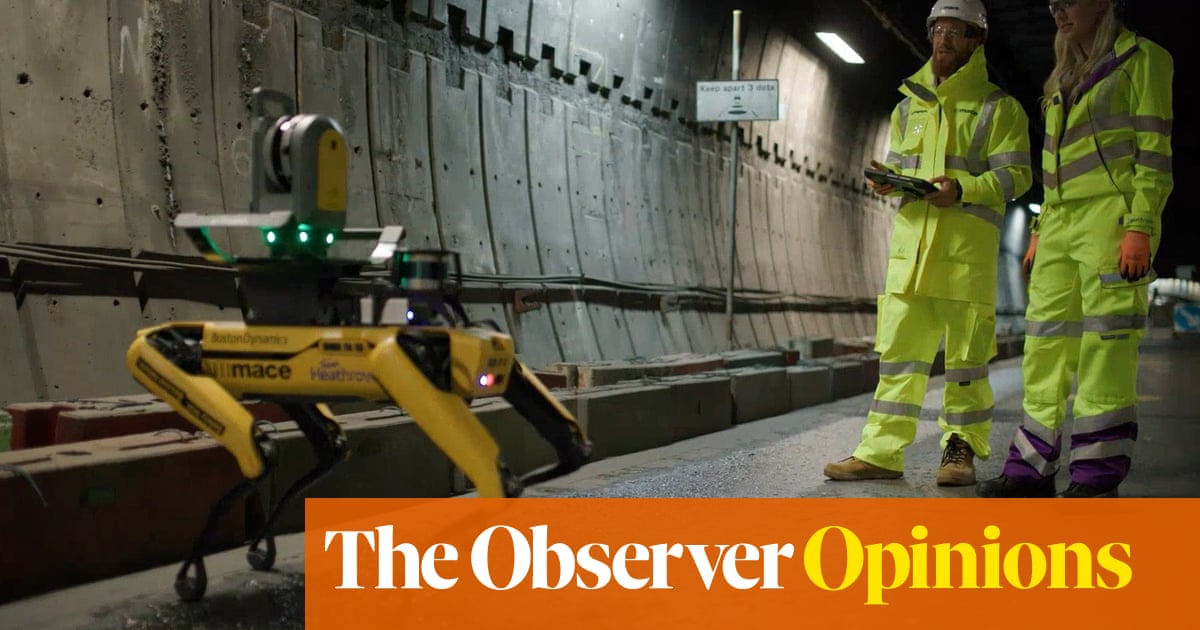
Migration was quite a big deal, Brexit-wise, but six years on, and two after the end of free movement, what has been the impact?
The level of net migration certainly hasn’t fallen, but a new report from Jonathan Portes and John Springford argues that if you focus on workers, the end of freedom of movement has left about 330,000 fewer in Britain (460,000 fewer Europeans, but 130,000 more from elsewhere). That’s a reduction of roughly 1% of the labour force, prompting many to say that a lack of migration drove recent economy-wide labour shortages.
This is overstated (hiring difficulties have been common across Europe), but fewer available workers will have contributed to the hiring challenges in lower-paying sectors that were previously reliant on EU workers (and where the authors show the workforce reduction is concentrated). But that’s not a bug with the new migration regime, it’s a design feature.
The important question is what happens next. Here, a new Danish study offers some insights. It shows that, from the mid-1990s, firms were more likely to invest in robots to support production in places where cheaper migrant labour was hard to come by: a 1 percentage point rise in the share of non-western immigrants decreased the probability of robots being used by 7%. The authors argue that this is because when firms can pay migrants lower wages, they do so rather than use machines.
Does this mean the UK is about to see a robot invasion? There should be more automation under the new migration regime but note that this paper looked at only one part of how firms respond. For some migrant-reliant sectors with hard-to-automate services or agricultural work fewer migrants doesn’t mean shiny robots, it means shrinking.
Torsten Bell is chief executive of the Resolution Foundation. Read more at resolutionfoundation.org












